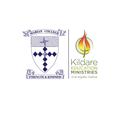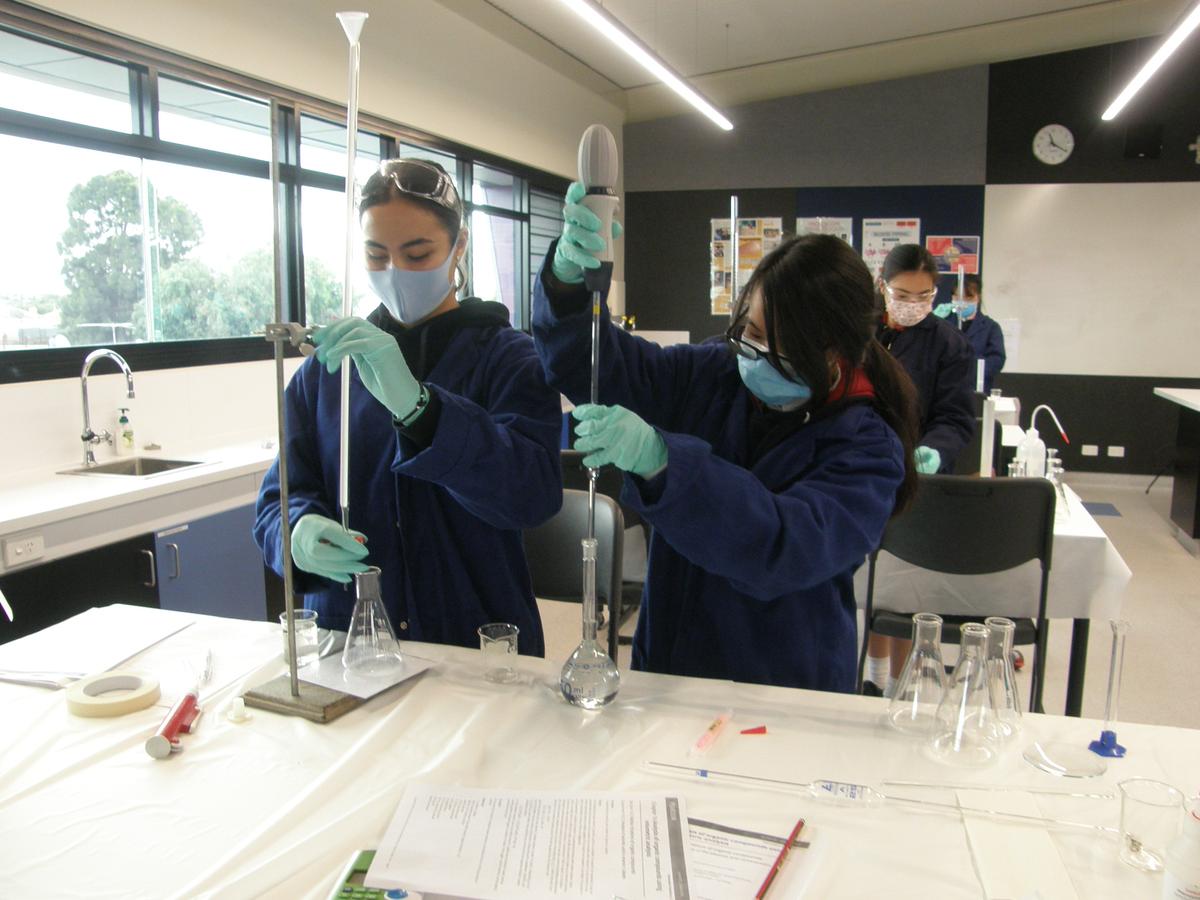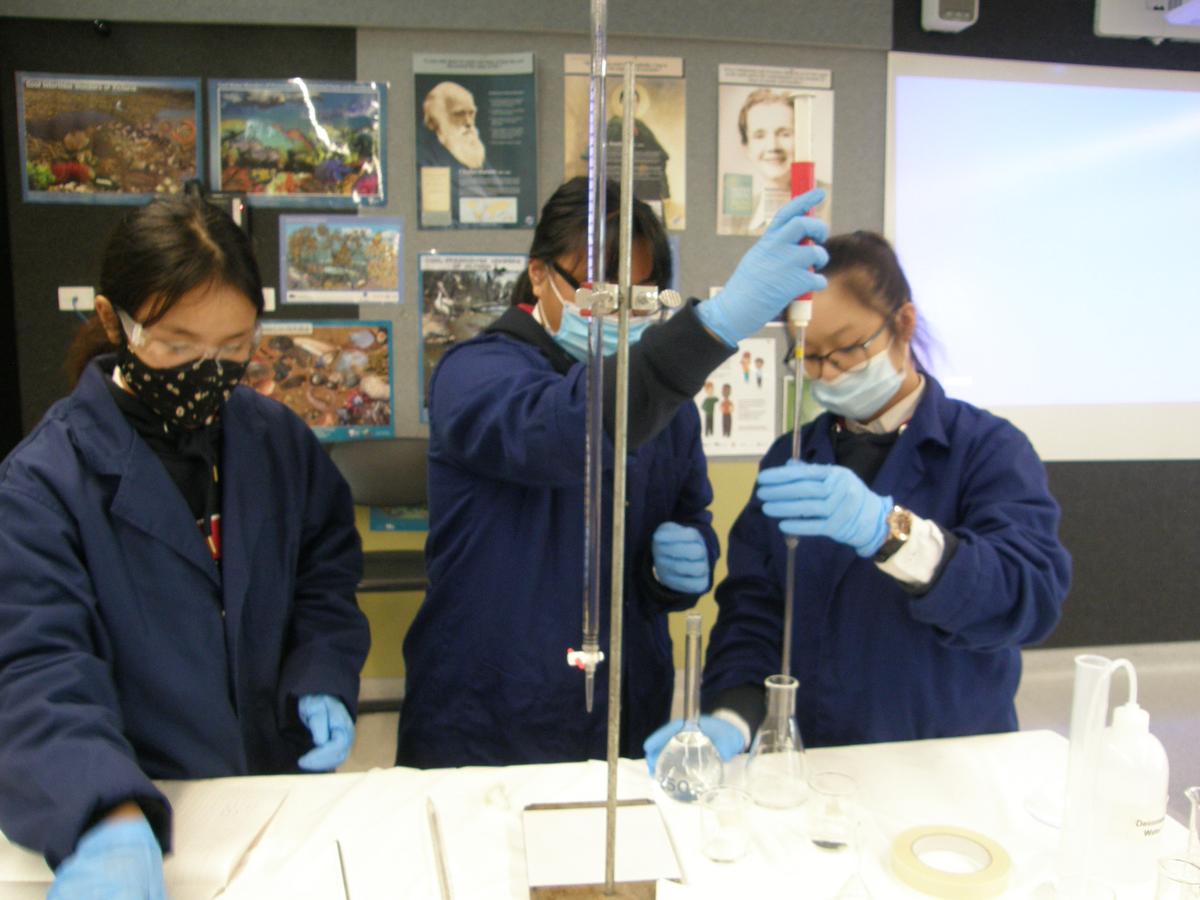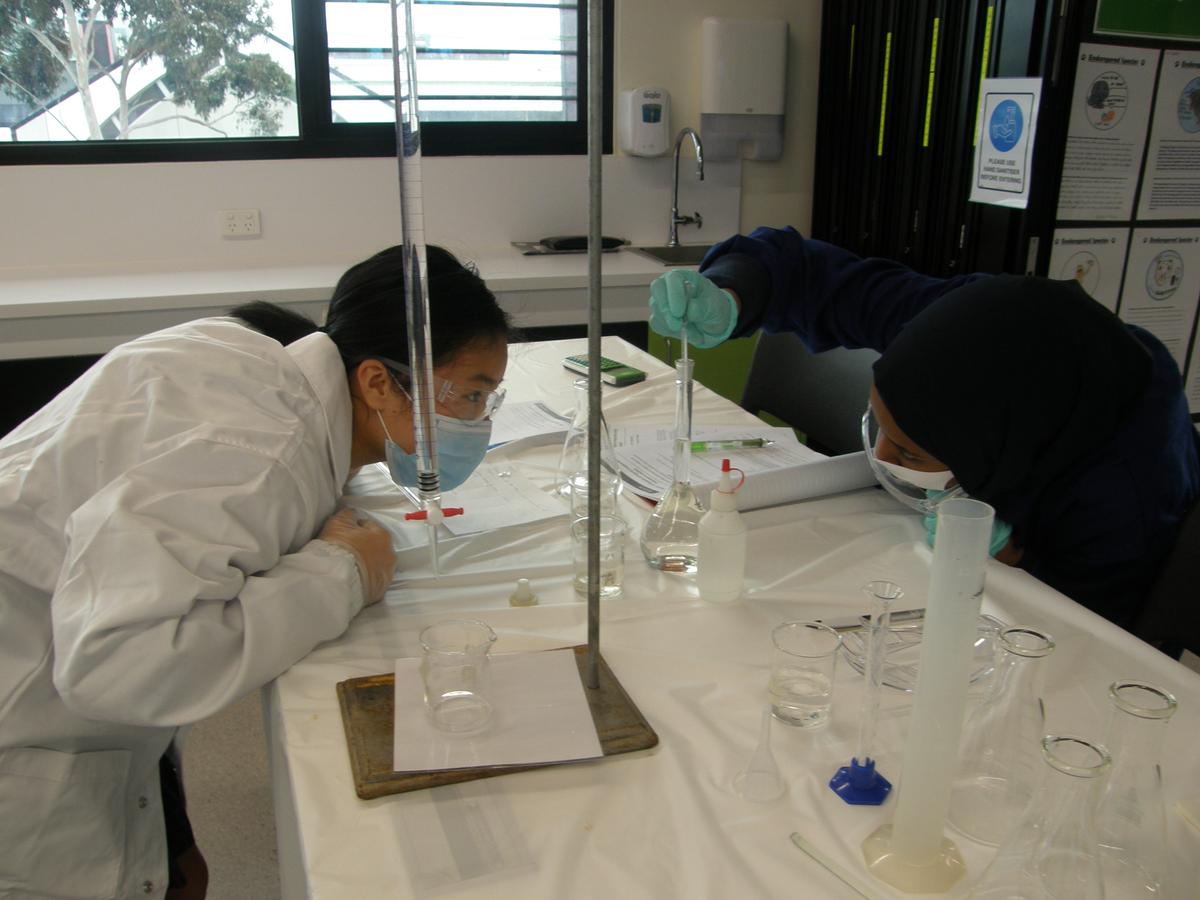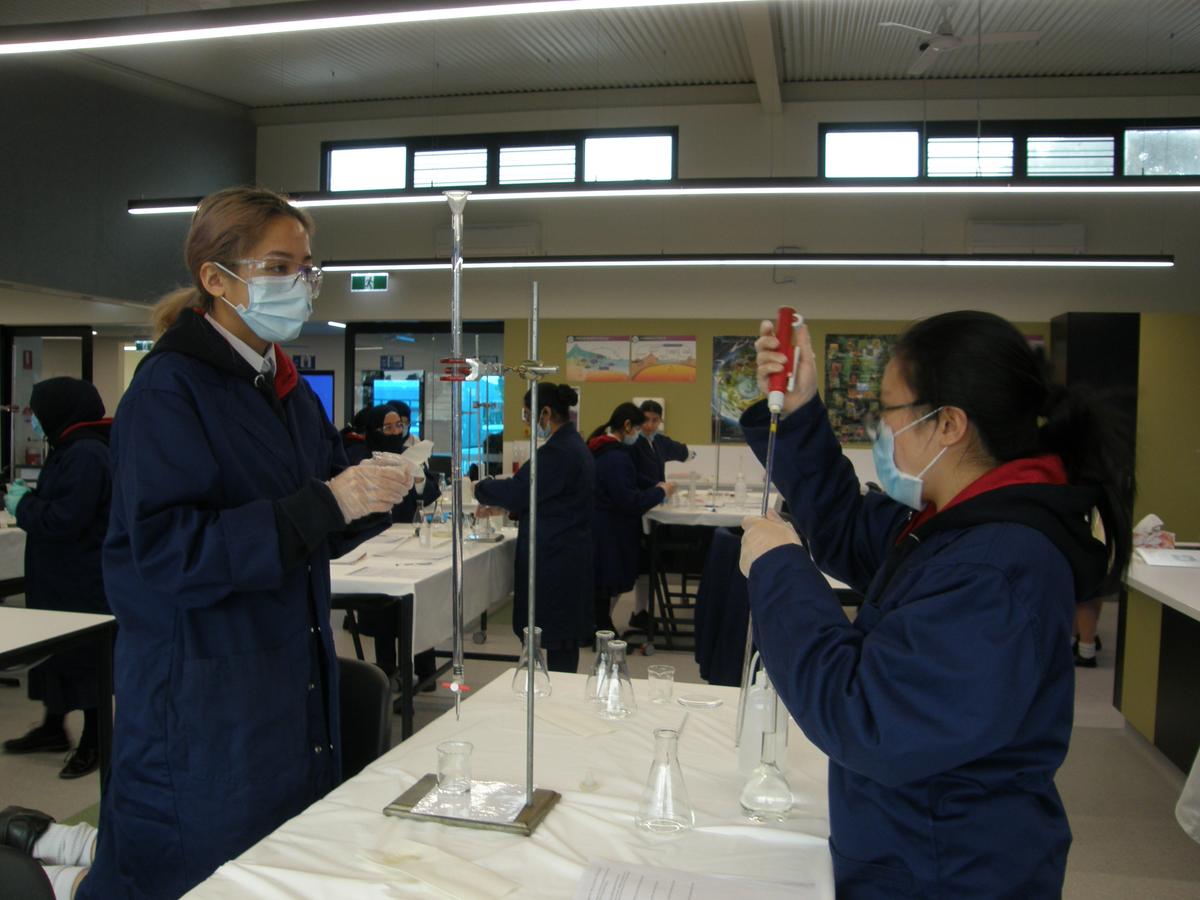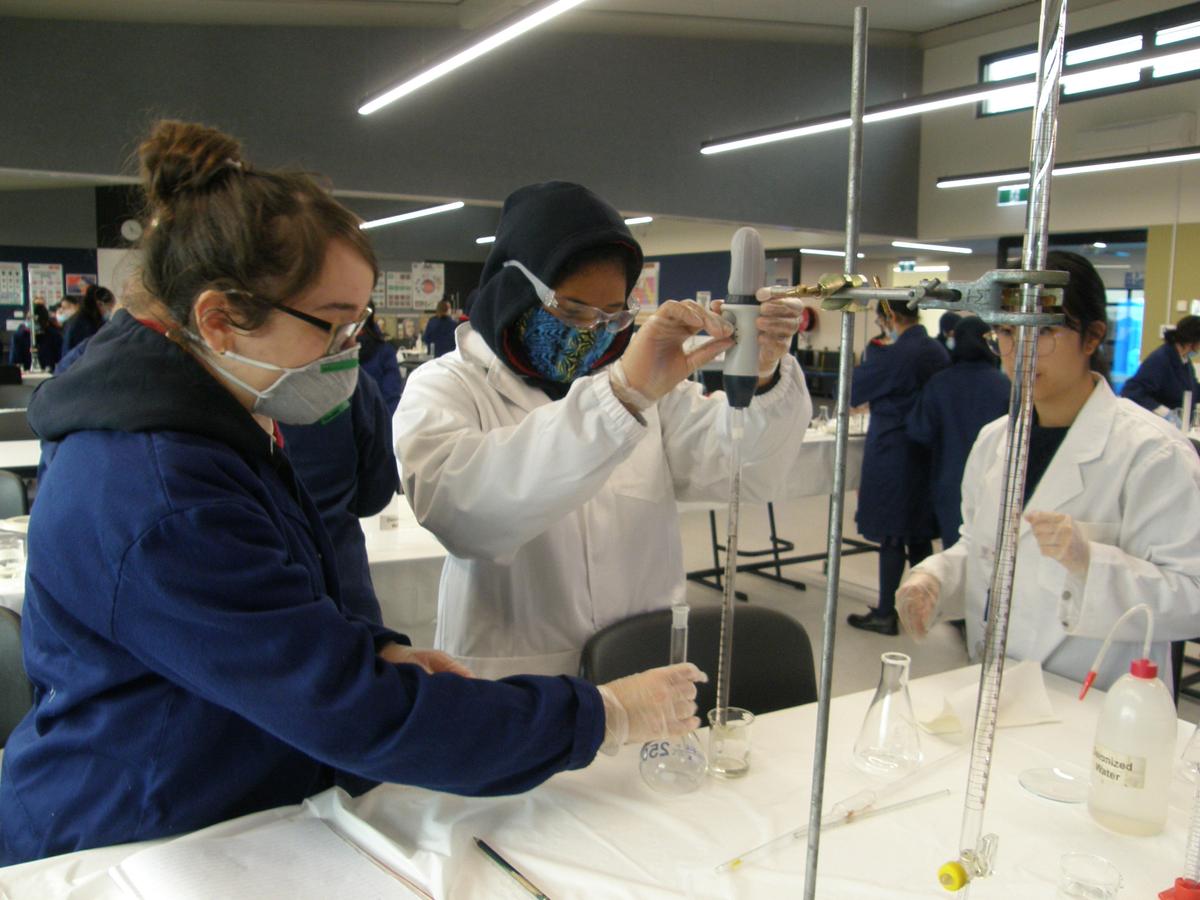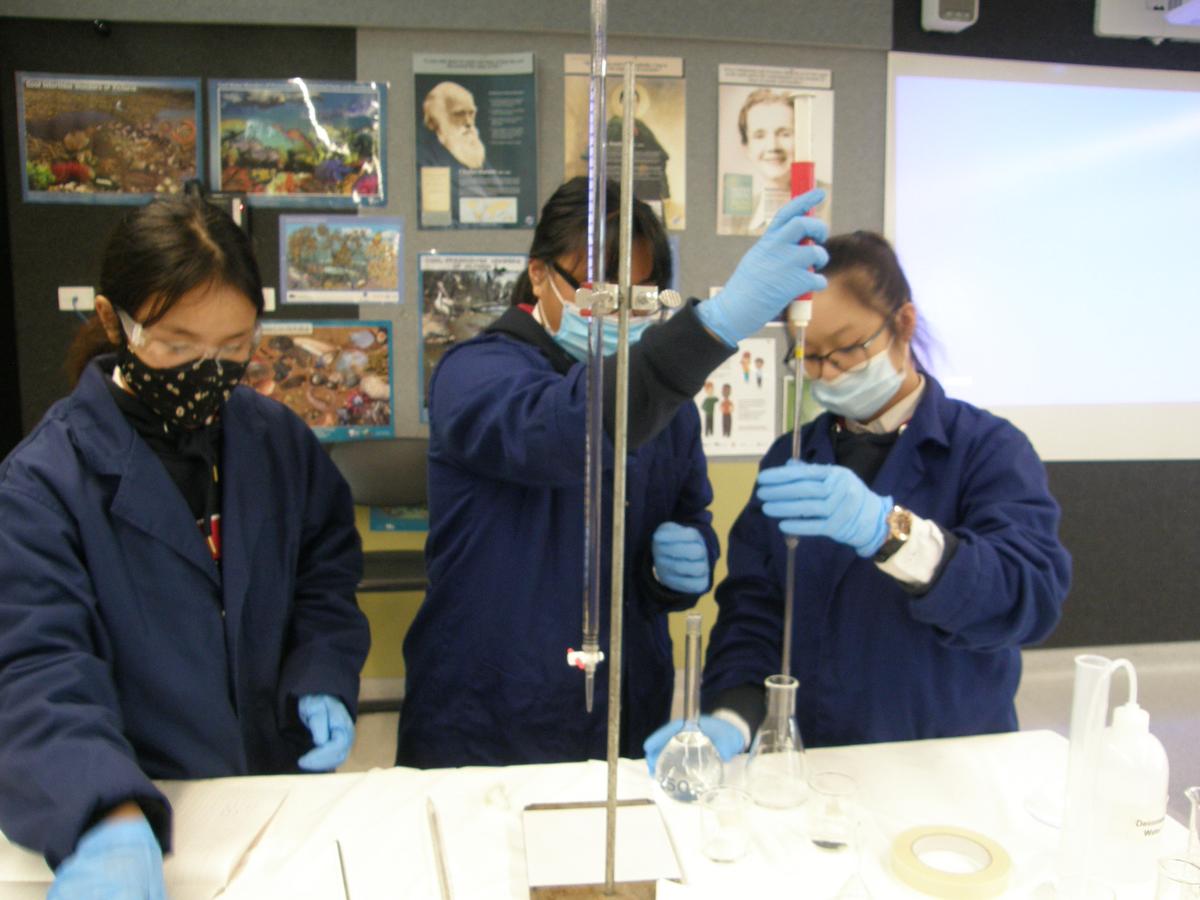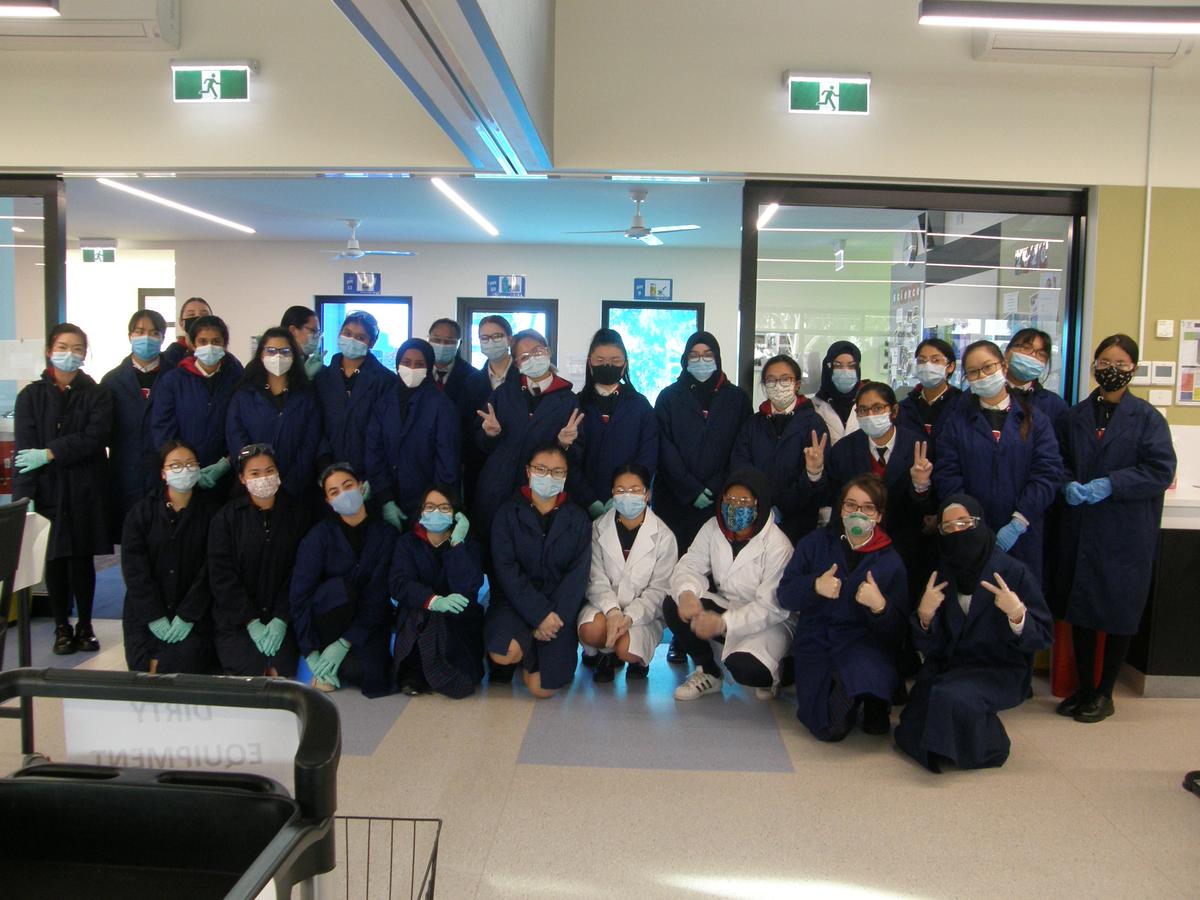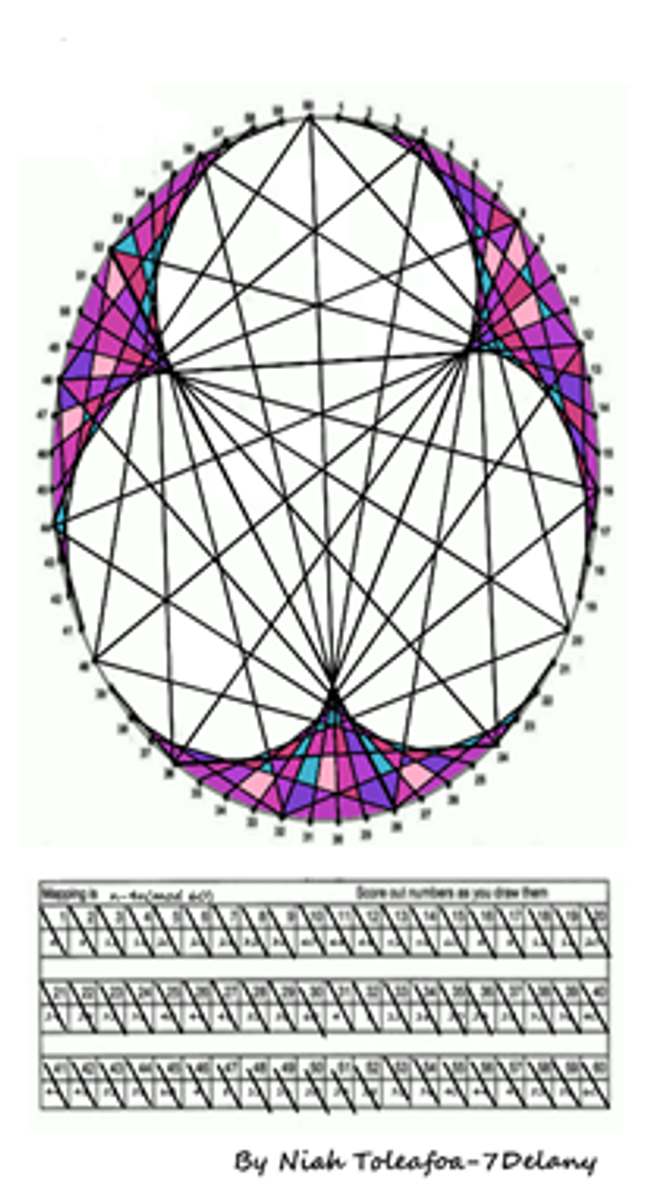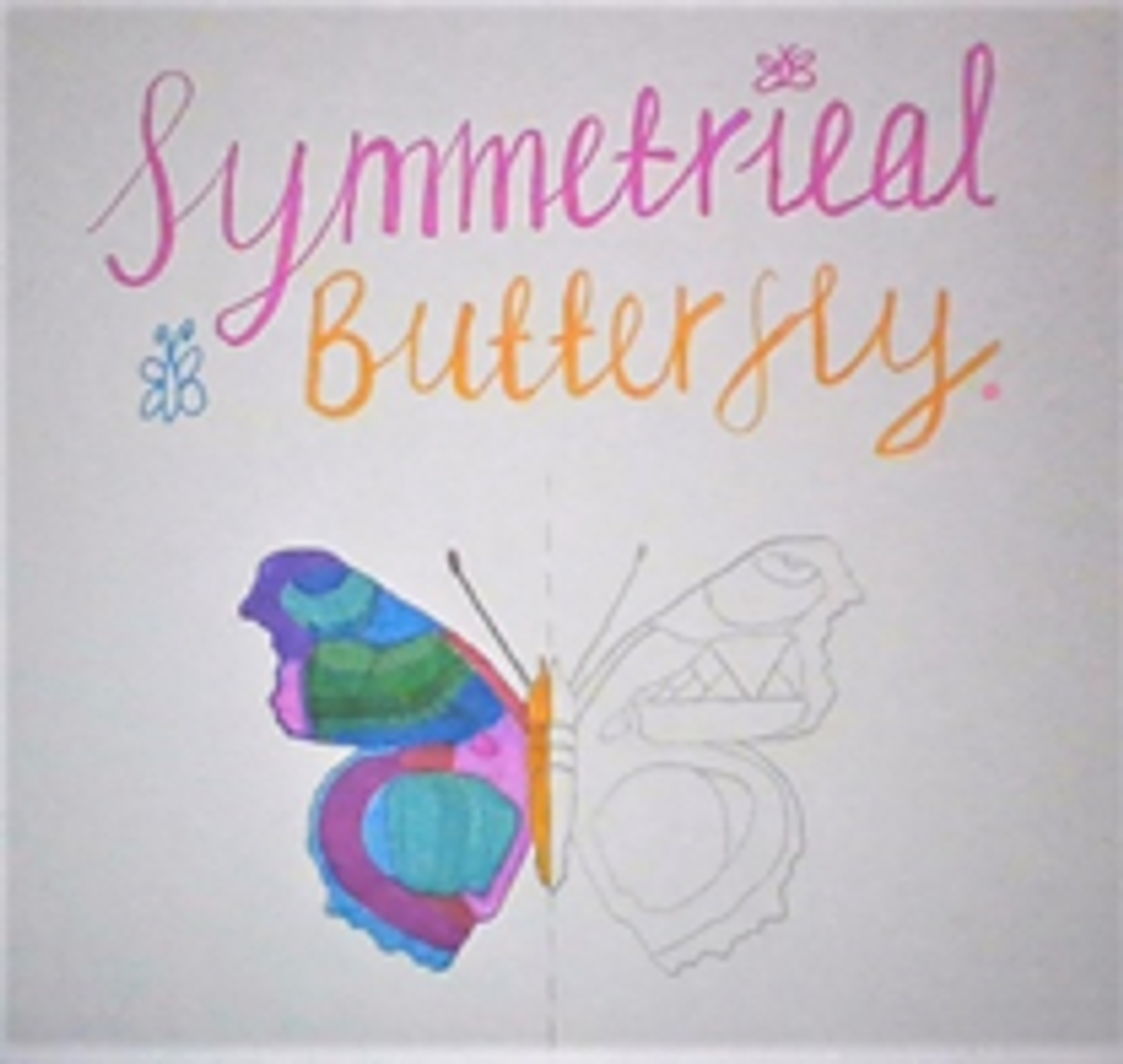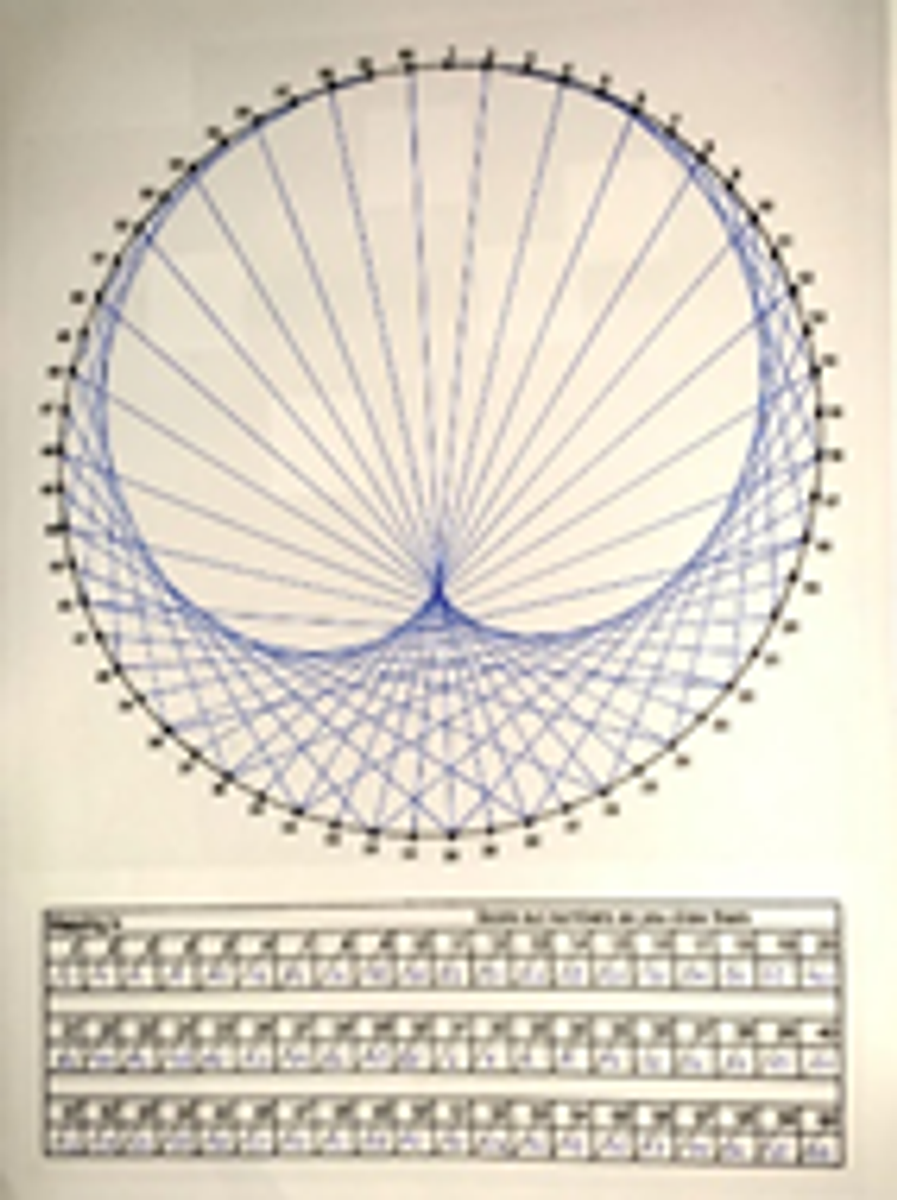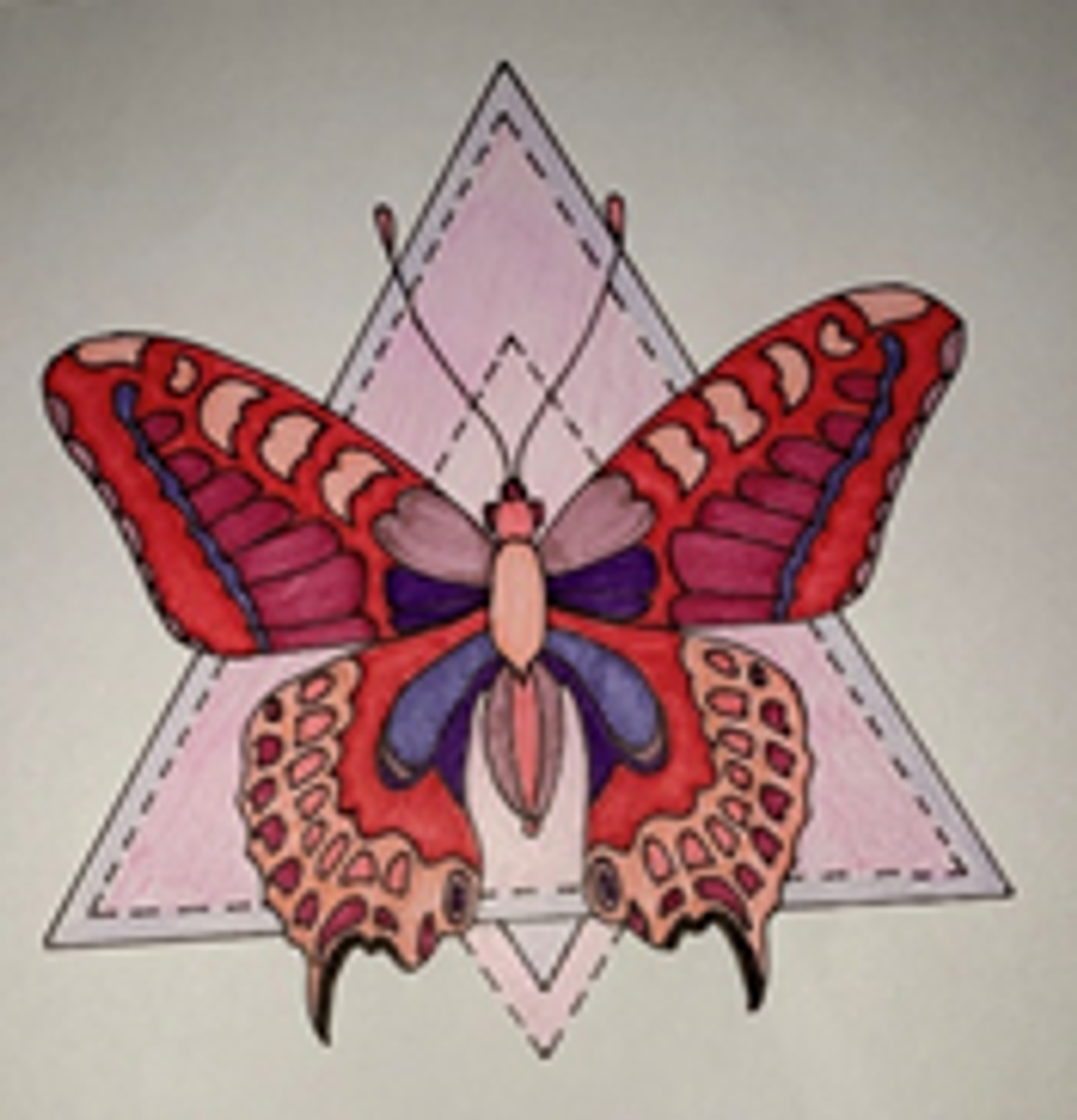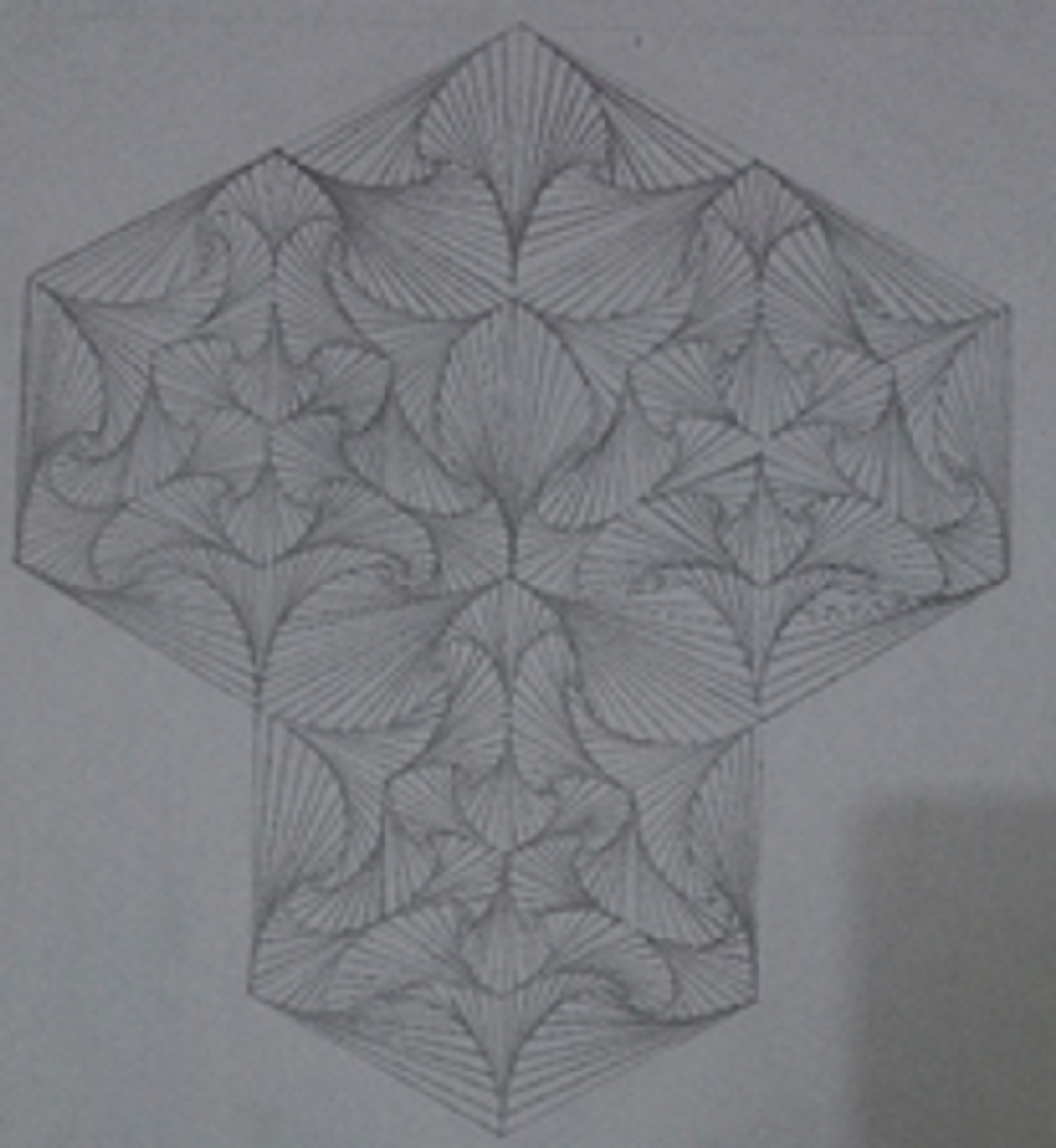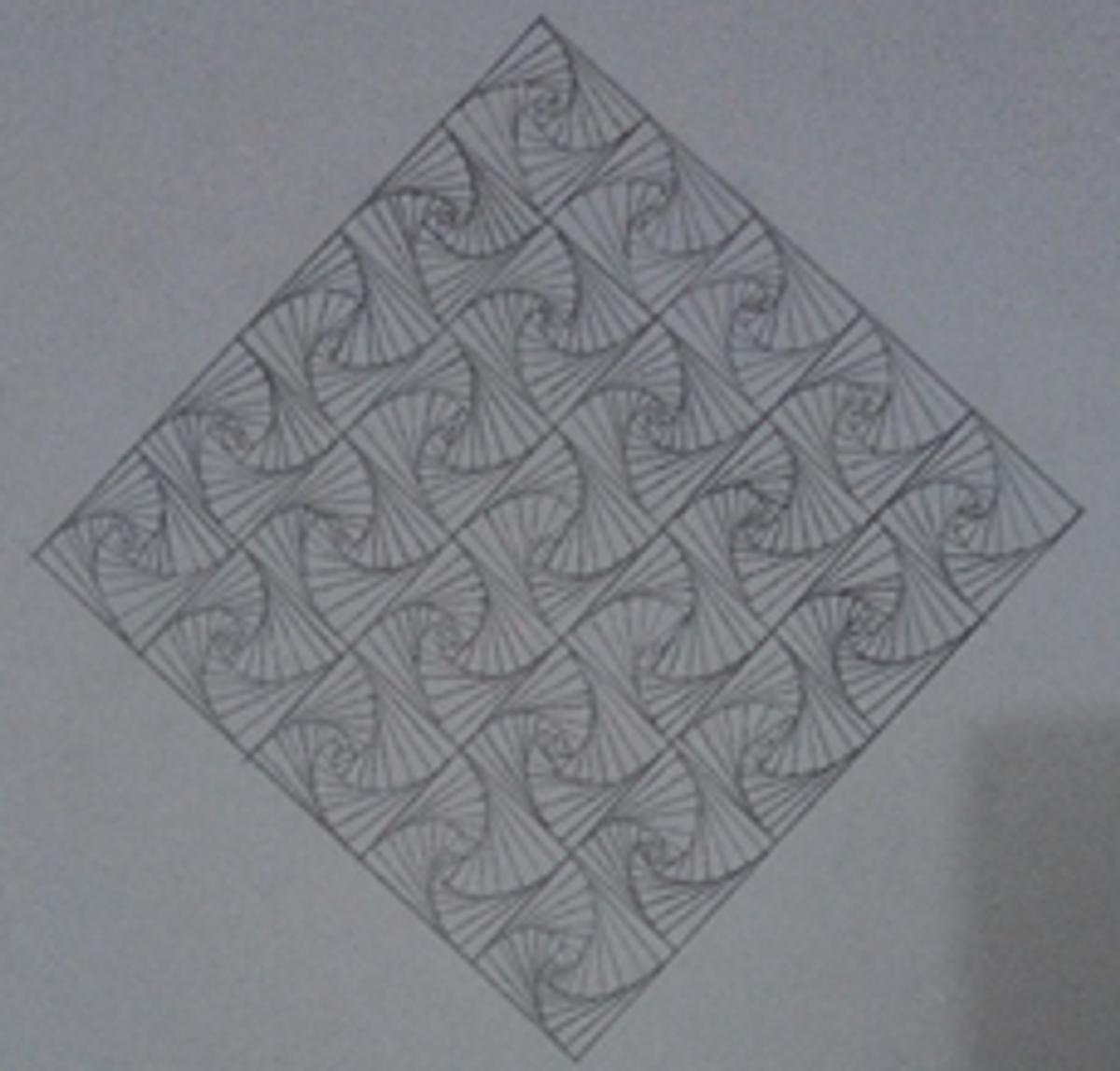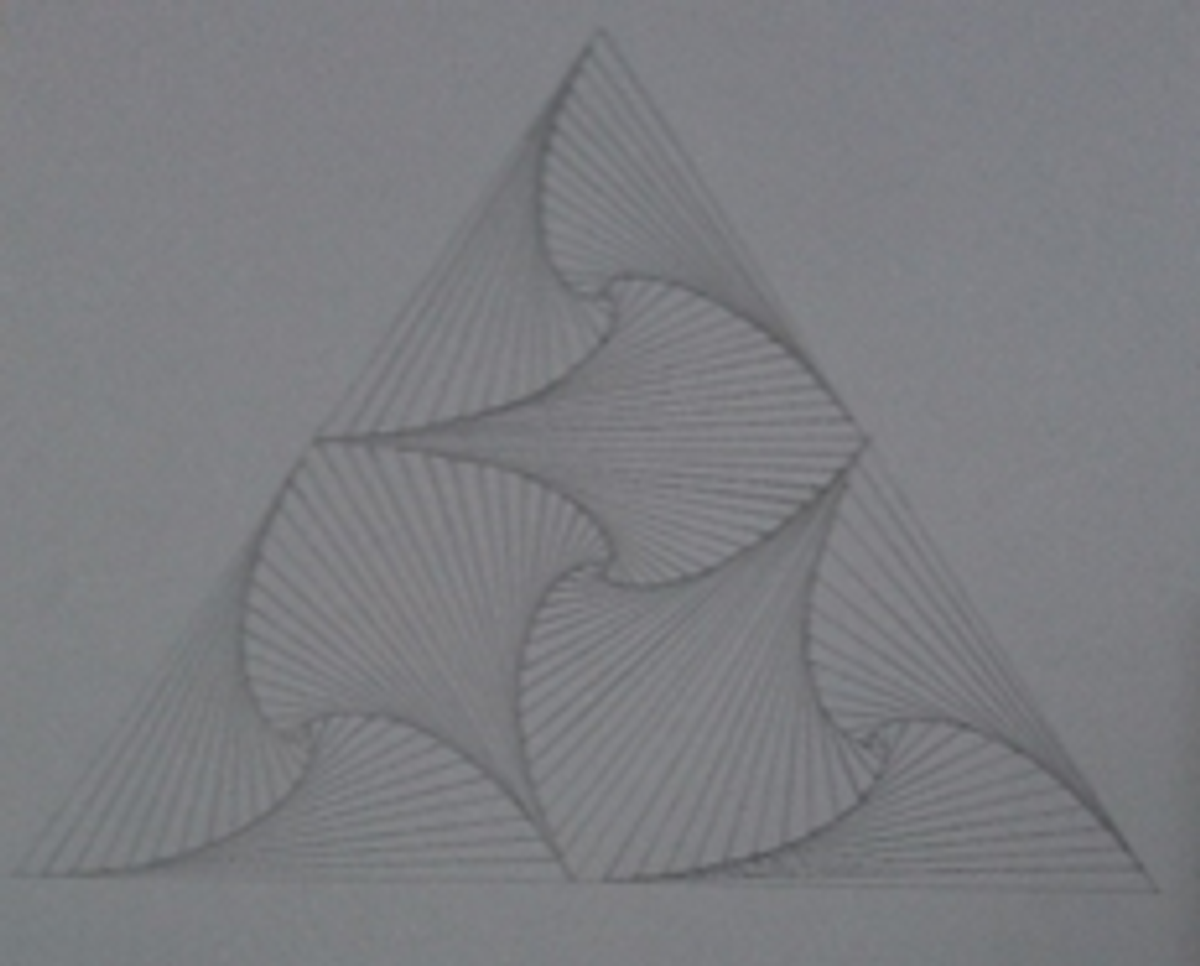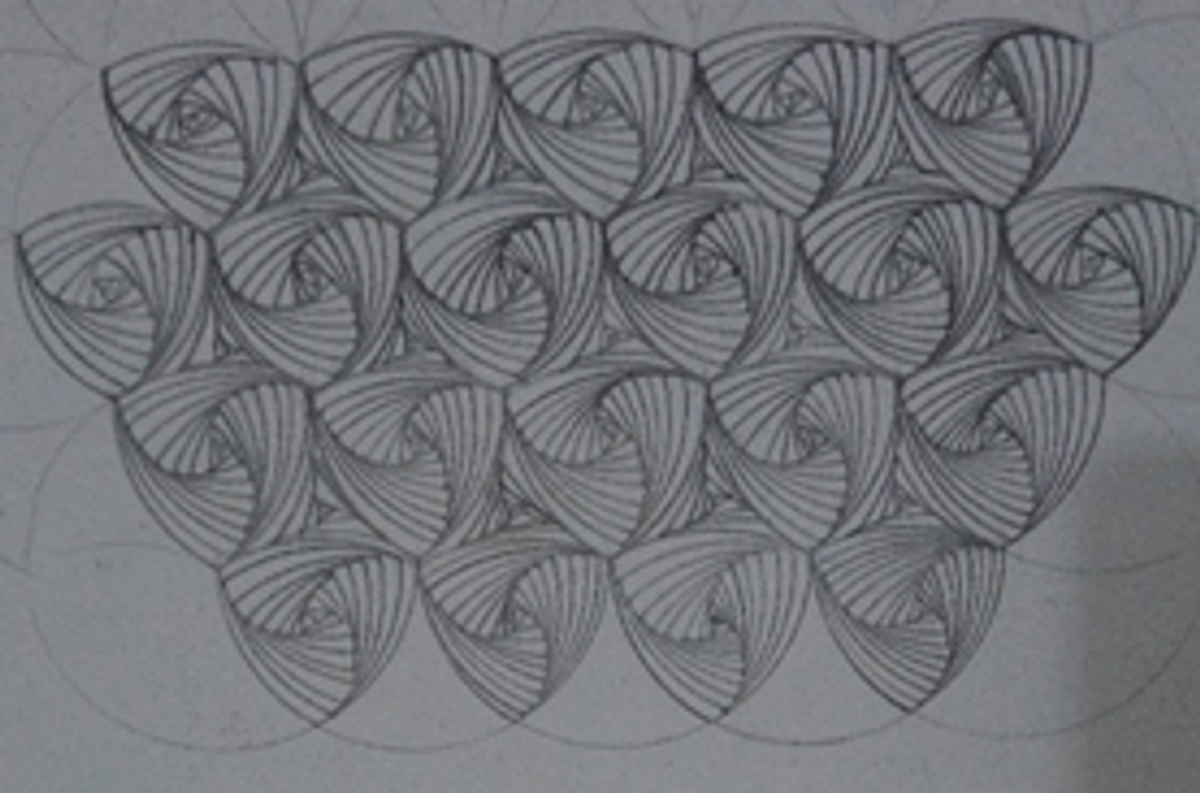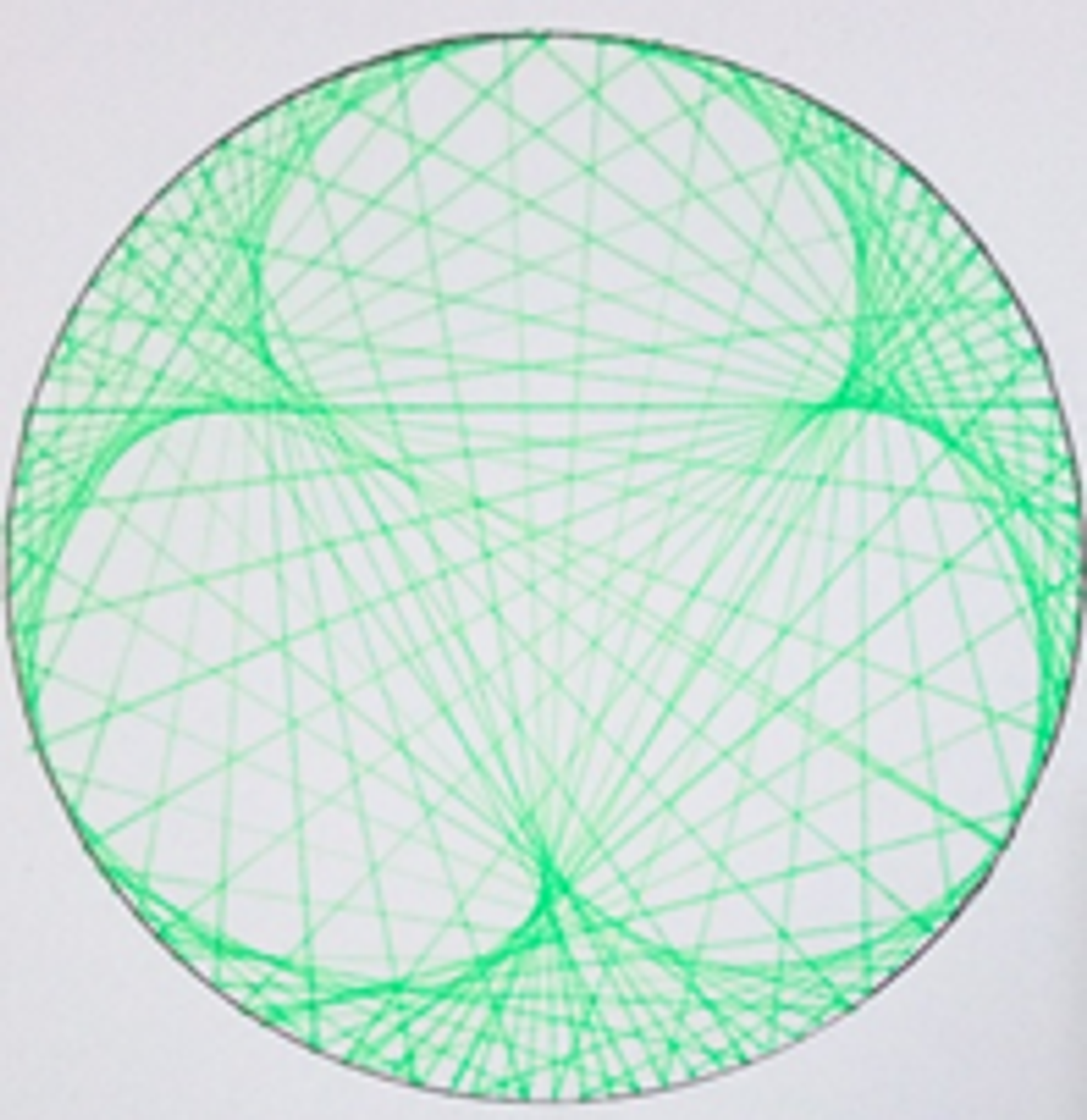Khoa Học và Toán Học

VCE Hóa Học (Lớp 12)
Nhiều sinh viên tại Marian College đang ổn định việc học trực tuyến từ xa, các học sinh Hóa học Lớp 12 của chúng tôi đã bắt đầu học kỳ 3 với tốc độ tối đa. Vào thứ Năm, ngày 23 tháng 7, học sinh mặc áo khoác phòng thí nghiệm, găng tay, khẩu trang và kính tại các phòng thí nghiệm khoa học được trang bị đầy đủ của Trường, để tham gia vào một cuộc thí nghiệm hóa học, như một phần của môn học VCE của họ. Học sinh đã tiến hành một loạt các thí nghiệm chuẩn độ ( để điều tra độ tin cậy của việc ghi nhãn thực phẩm, xác định nồng độ của giấm, và lượng Vitamin C trong một loại vitamin tổng hợp. Học sinh vận dụng các kỹ năng trong phòng thí nghiệm của mình để làm việc, đảm bảo tất cả các phép đo đều chính xác, lặp lại các thí nghiệm, rửa và sau đó rửa lại thiết bị, và ghi lại mọi ghi chú và quan sát. Chúng tôi cũng muốn cảm ơn kỹ thuật viên phòng thí nghiệm của chúng tôi, Elisa Carfora, đã thiết lập và hỗ trợ trong quá trình làm việc thực tế.
Mary Pham (VCE Giáo viên môn Hóa Học)
Tuần Toán
Marian College celebrated Maths Week (Monday 27th-Friday 31st July) with all students participating remotely. A number of fun and engaging activities were on offer, such as drawing Cardioids and insect symmetry. A cardioid is a plane traced by a point on the perimeter of a circle that is rolling around a fixed circle of the same radius. It is named a cardioid because of its heart-like form. Insect symmetry is a drawing that has identical parts mirroring each other across a line of symmetry. This symmetry can be found throughout nature, including the wings of a butterfly. Students also participated in the Victorian Maths Challenge and solving complex puzzles.
See below for student work samples:
A Cardioid
Niah Tolefoa (7 Delany)
Insect Symmetry Drawing
Cardioid Drawing
Simran Bhangu (7 Doyle)
Insect Symmetry Drawing
Tessellation Drawings
Cardioid Drawing
Aishwarya Lakshmi (Year 11)
Congratulations to the winners of the Maths COVID puzzle:
Simran Bhangu (7 Doyle)
Aishwarya Lakshmi (VCE 11 Luke)
Fehima Kepetanovic (10 David)
Suzanne Matejin (Learning Leader Mathematics and Science)
Environmental Club
Disposable Coffee Cups
Each month, the Environment Club will be posting newsletter updates about environmental issues that affect our community and the wider world.
In this edition of the Marian News, we will be focusing on disposable coffee cups.
Did you know that we throw away 2.7 million of them a day in Australia alone! Many people are not sure if these cups should go in the general waste or the recycling bin.
Unfortunately, these coffee cups cannot be recycled, forcing 90% of them directly into landfill. Even though these cups are made of paper, they are each coated with approximately 5% of plastic. This inner plastic layer is what allows them to hold liquid without leaking and because of that, they cannot be broken down and turned into recycled paper.
A single cup production and transportation alone is harming the environment significantly with emissions of 0.11kg of carbon dioxide released into the atmosphere, hence contributing to enhanced greenhouse gas effect.
In the past 40 years, the production of these throwaway cups has increased by 300%!
At Marian College, we encourage you all to bring your own reusable coffee cup or a thermos when you next purchase coffee or hot chocolate.
Cynthia Negash (Year 10 Environment Club member)
